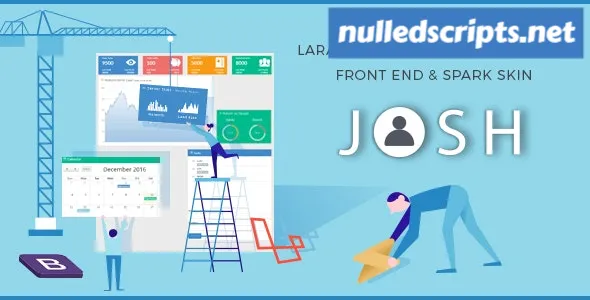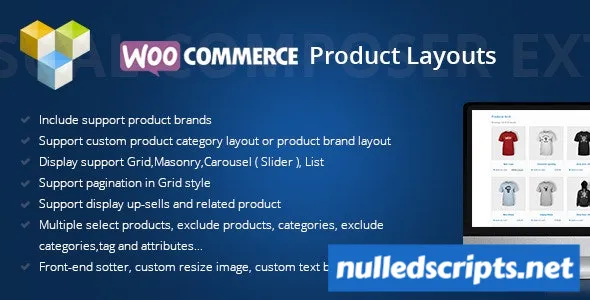
Item Details
Backend & Frontend pages in blade format with master layouts Authentication and Authorization Login, Register functionality Add/edit/delete users from admin panel Add/edit/delete user groups (roles) from admin panel Blog module with comments – Backend & Frontend Ajax DataTables example.






